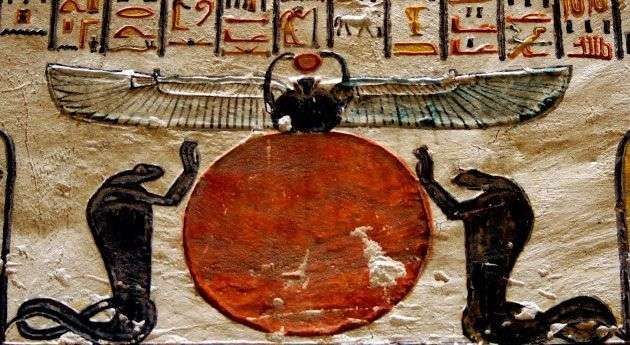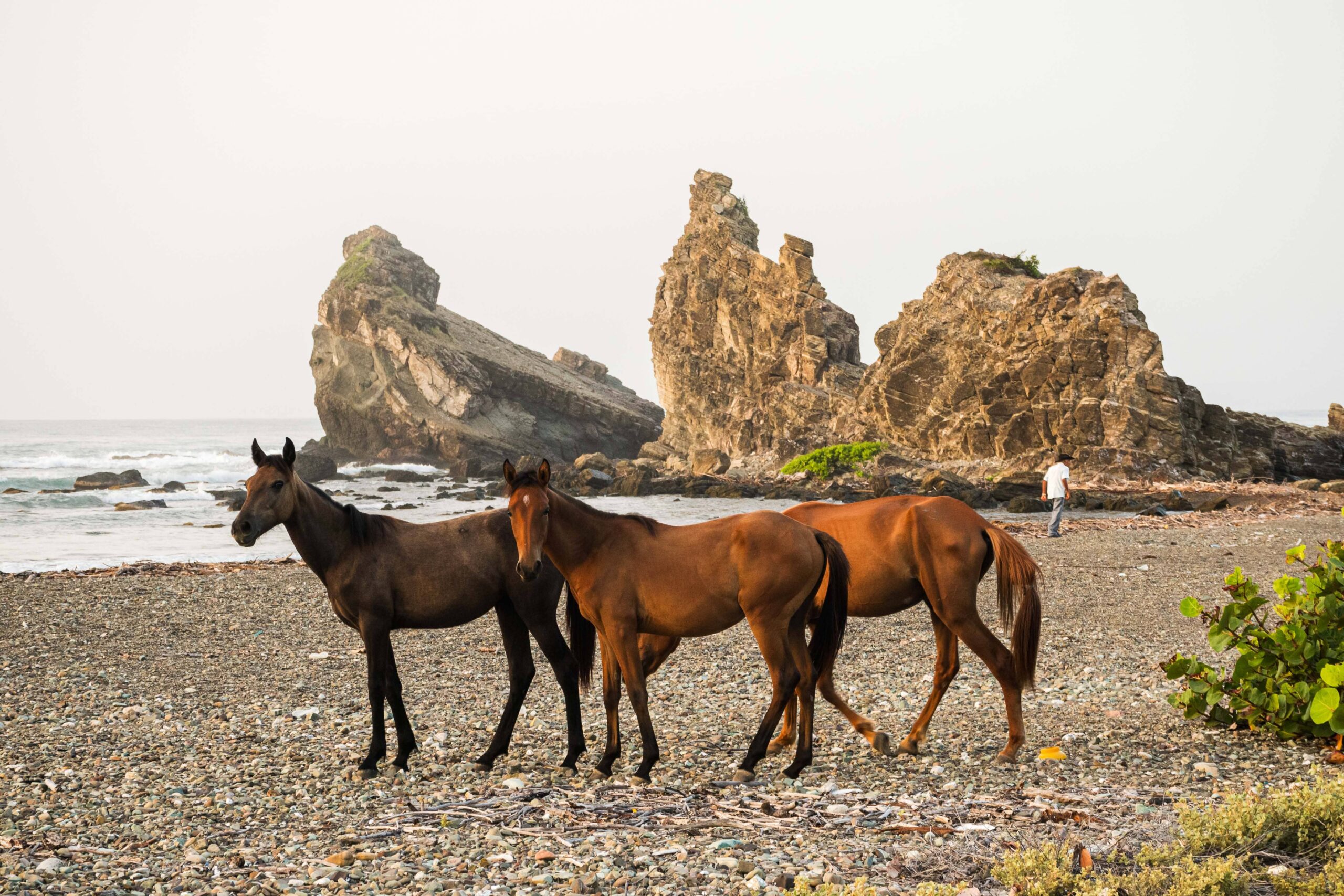A Lapis Lazuli scarab from 25th Dynasty will be donated by August Kestner Museum in Hanover to the Egyptian Art Collection of the National Museum of Fine Arts, on occasion of 20 years (1993-2013) of continuous collaboration between the two institutions.
Dr Christian E. Leoben Egyptologist and Specialist of the Egyptian Art Collection of the German institution´, travels to Cuba with a special donation for the Cuban museum.
The piece has great value and is an important acquisition for the collection of Havana’s museum, highly estimated by possessing one of the most important collections of ancient art in Latin America. The lapis lazuli scarab is the second piece donated to Cuba by the Germans, which is added to a vessel of Nagada Neolithic culture.
The National Museum of Fine Arts features among its most important collections a sample of ancient art of Egyptian, Greek and Roman civilizations. In particular the large galleries devoted to Egyptian art are ordered in a curatorial way, under two main thematic lines: life and death.
The permanent exhibition features 113 pieces that do not cover the entire chronology of ancient Egyptian art. The thematic grouping offers visitors greater possibilities of communication and approach to this essential-for-history culture that flourished at the margins of Nile River, in Africa. Through the exhibition of the pieces in the showcases, a journey through time is made allowing learning about daily life, the State organization and administration, in addition to the religious practices and beliefs.
The vast majority of the pieces come from the Count of Lagunillas Collection, donated by Joaquín Gumá Herrera, also Count of Fernandina, who was born and died in Havana (1909-1980) . Seven other pieces came with the lot of the Academy of Fine Arts, plus the aforementioned vessel.
The polychrome wooden sarcophagus was donated by the Arab Republic of Egypt in recognition of Cuba’s assistance in the search and rescue in 1974 of the temples of Abu Simbel, in Nubia . This is one of the key works in the exhibition and ranks as dominant example of funerary cult. The sample is completed by other pieces from different eras, including four exquisite canopic jars, votive stelae, heart scarabs and a papyrus of the sacred Book of Dead.
Among the sculptures stands the singular head of Ammon, carved in black basalt. Its small size enhances the exquisite work, where it can be differentiated the two texture that combines the smooth face of soft expression and the crown, rough, which function was to support the gold with which it was covered. It is known that the body of this sculpture is located at Louvre Museum; fun fact that allows dreaming on an exposure gathering the body and head.
Another of the beauties of this set are the Fayum portraits, one of the jewels of the collection. Nine portraits, painting on wood, which were made while the person was alive and when dying they were placed upon the coffin part corresponding to the face.
Dr. Leoben´s activities also include a lecture entitled “The Egyptian Collection of August Kestner Museum in Hanover, Germany: history and current Egyptological research.” The conference and the donation will take place on the morning of Saturday January 11, 2014, at Universal Art Building.










